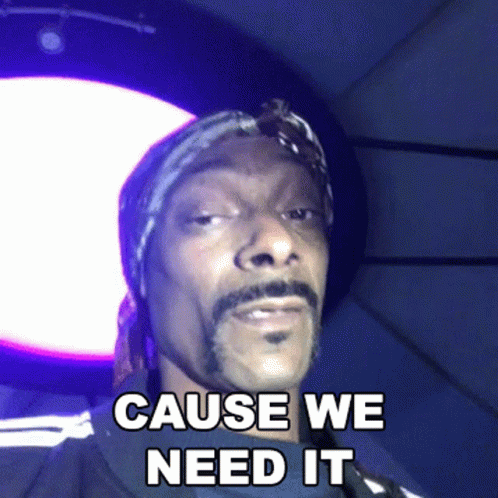POST TRAUMATIC SLAVE SYNDROME
As a result of twelve years of quantitative and qualitative research Dr. DeGruy has developed her theory of Post Traumatic Slave Syndrome, and published her findings in the book Post Traumatic Slave Syndrome – America’s Legacy of Enduring Injury and Healing”. The book addresses the residual impacts of generations of slavery and opens up the discussion of how the black community can use the strengths we have gained in the past to heal in the present.
WHAT IS P.T.S.S.?
P.T.S.S. is a theory that explains the etiology of many of the adaptive survival behaviors in African American communities throughout the United States and the Diaspora. It is a condition that exists as a consequence of multigenerational oppression of Africans and their descendants resulting from centuries of chattel slavery. A form of slavery which was predicated on the belief that African Americans were inherently/genetically inferior to whites. This was then followed by institutionalized racism which continues to perpetuate injury.
Thus, resulting in M.A.P.:
Under such circumstances these are some of the predictable patterns of behavior that tend to occur:
- M: Multigenerational trauma together with continued oppression;
- A: Absence of opportunity to heal or access the benefits available in the society; leads to
- P: Post Traumatic Slave Syndrome.
KEY PATTERNS OF BEHAVIOR REFLECTIVE OF P.T.S.S.
Vacant Esteem
Insufficient development of what Dr. DeGruy refers to as primary esteem, along with feelings of hopelessness, depression and a general self destructive outlook.
Marked Propensity for Anger and Violence
Extreme feelings of suspicion perceived negative motivations of others. Violence against self, property and others, including the members of one’s own group, i.e. friends, relatives, or acquaintances.
Racist Socialization and (internalized racism)
Learned Helplessness, literacy deprivation, distorted self-concept, antipathy or aversion for the following:
The book Post Traumatic Slave Syndrome incorporates her research in both America and Africa, as well as her twenty years of experience as a social work practitioner and consultant to public and private organizations. Dr. DeGruy first exposes the reader to the conditions that led to the Atlantic slave trade and allowed the pursuant racism and efforts at repression to continue through present day. She then looks at the seemingly insurmountable obstacles that African Americans faced as the result of the slave trade. Next she discusses the adaptive behaviors they developed—both positive and negative—that allowed them to survive and often even thrive.Dr. DeGruy concludes by reevaluating those adaptive behaviors that have been passed down through generations and where appropriate. She explores replacing behaviors which are today maladaptive with ones that will promote, and sustain the healing and ensure the advancement of African American culture.
- The members of ones own identified cultural/ethnic group,
- The mores and customs associated ones own identified cultural/ethnic heritage,
- The physical characteristics of ones own identified cultural/ethnic group.
POST TRAUMATIC SLAVE SYNDROME — Dr. Joy DeGruy
Since alot of people are still suffering from post traumatic slave syndrome

